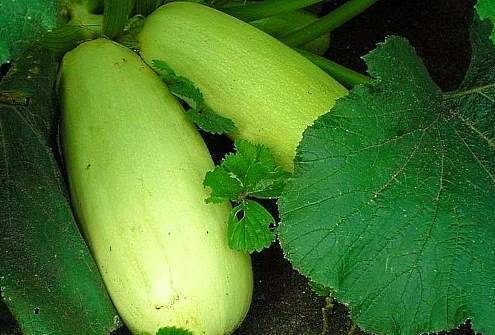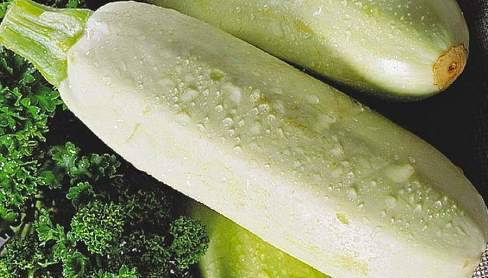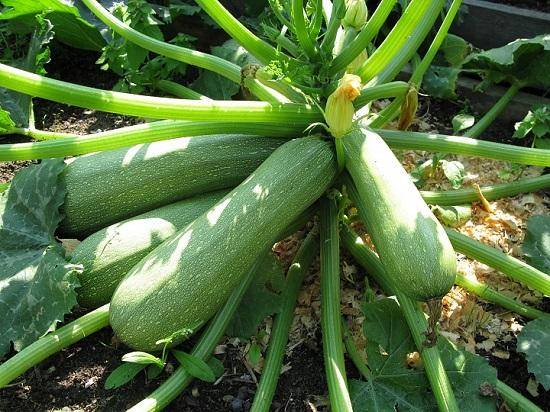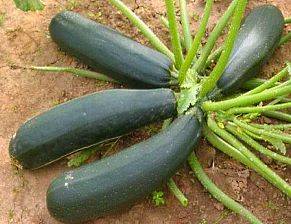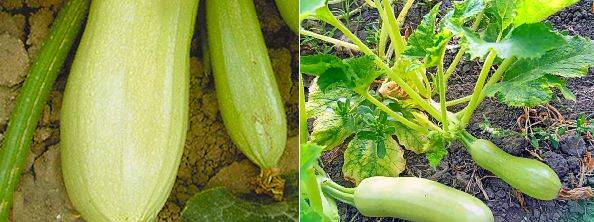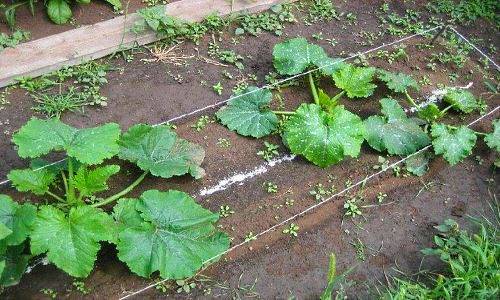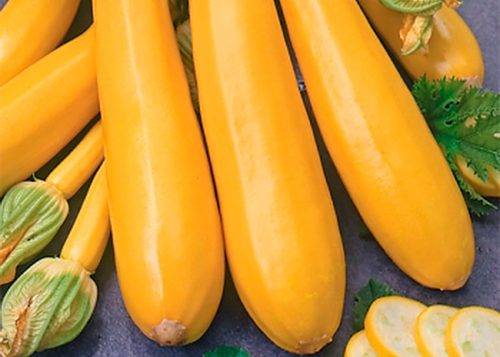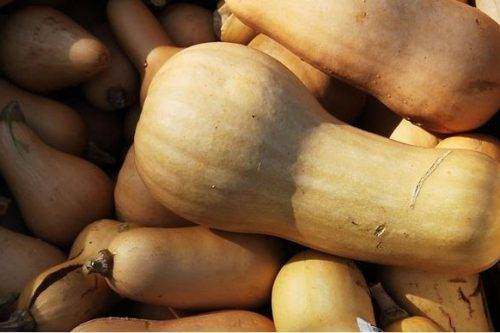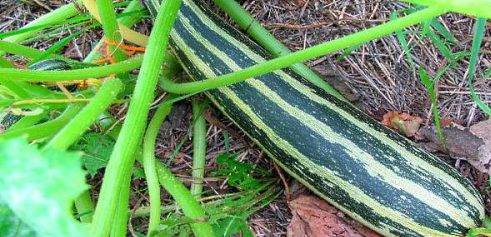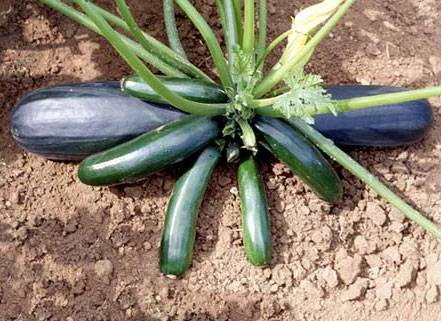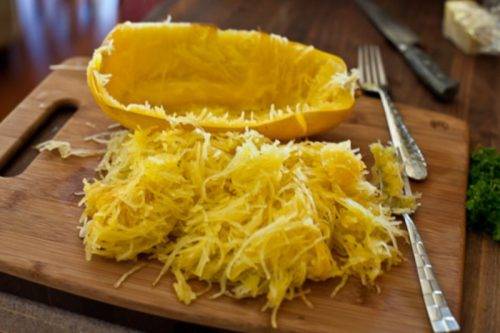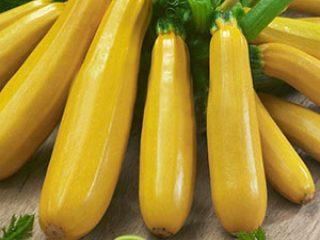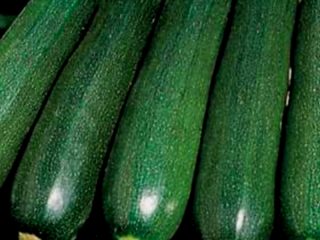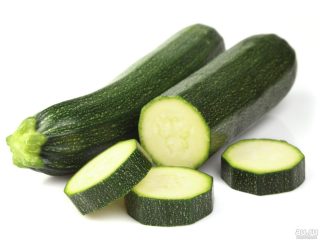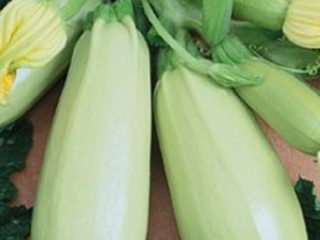Content
Diversity varieties of zucchini so large that it allows gardeners to choose the appropriate crop according to the ripening period for their garden bed. But the most important thing is the place of cultivation. Modern varieties and their hybrids bred by breeders can grow not only in regions with a temperate climate, but also in the Urals or even in Siberia. A tasty and healthy vegetable can be consumed for a long period if the variety of zucchini for open ground in Siberia is selected correctly.
Rating of the best Siberian zucchini
Rains with cold weather lead to diseases of zucchini in open beds. Usually the plant is affected by rot or fungus. This problem is most common in northern regions with difficult climates. But this does not prevent Siberian gardeners from successfully growing zucchini for themselves and for sale. There are specially bred zucchini for Siberia for open ground that are resistant to harsh climatic conditions. Now we will try to consider the best of them.
Gribovskie 37
This variety of zucchini is old and proven by many gardeners.Fruit set approximately 50 days after seed germination places the vegetable in the mid-early period of ripening. Zucchini is intended for universal use. The plant is so adapted to the Siberian climate that it is simply not afraid of many diseases.
Video clip
The early ripening vegetable withstands cool weather, which is why it has gained its popularity. The first fresh zucchini can be picked from the bush on the 36th day from the moment the sprouts appear. The plant has a small bush. During sudden cold snaps, the above-ground part can easily be covered with agrofibre or film.
Anchor
Another early Siberian vegetable, characterized by good yield and tasty fruits. The plant withstands cold weather. After about 38 days you can pick the fruits. A fully ripened zucchini weighs about 1.5 kg. Many housewives fell in love with the variety because of the friendly ripening of the fruits, which have a universal purpose and can be stored for a long time.
These three varieties can be called the favorites of many Siberian gardeners. But the variety of zucchini for Siberia is not limited to this, and we continue to get acquainted with the best varieties.
Long-fruited
The bush plant is distinguished by the small size of its above-ground part. The vegetable is characterized by excellent taste due to its thin peel and tender pulp. An adult zucchini weighs up to 900 g. The advantage of zucchini is that it has good immunity to bacterial diseases.
Pharaoh
The green fruit is a type of zucchini. A distinctive feature of the color is small white dots. The plant almost never rots and produces large and early harvests.An adult zucchini weighs about 800 g. It gained popularity due to its crispy, juicy pulp with a sweetish aftertaste.
White-fruited
Despite the fact that zucchini is an early variety, the fruit is excellent for preservation. The bush plant produces its first harvest 40 days after seed germination. The structure of the bush is compact with limited lateral branches. This allows you to grow zucchini in small beds near your house. The white vegetable has juicy, but not very dense pulp. The weight of a mature zucchini reaches 1 kg.
Polar bear
The early variety allows you to get a harvest within 36 days from the moment the seeds germinate. The bush plant withstands cold weather and even in the harsh climatic conditions of Siberia bears thin-barked fruits with delicate pulp. A mature zucchini weighs about 1.3 kg.
Having considered the optimal, one might say, the most hardened varieties of Siberian zucchini, it is time to briefly touch upon the issue of planting plants in open beds.
In this video you can see zucchini squash of the “Tenderness” variety:
A little about growing zucchini
Experienced gardeners claim that there should be no problems growing zucchini even in Siberia. A correctly selected variety will in any case produce a harvest with minimal care.
Zucchini can be sown in seed beds, but the seedlings must be protected from the cool of the night. To do this, install arcs from wire and cover the bed with a transparent film. Alternatively, the sprouts can be hidden under cut PET bottles.
To get early vegetables It is better to plant zucchini seedlings to an open garden. If this happens at the end of May, the plants are covered with film. Under such cover, the zucchini will grow until about mid-June, until the morning frosts end.
As for the garden bed, it is better not to plant zucchini in lowlands. In such places there is usually a lot of moisture, and the soil itself is much colder. Here the plant is most susceptible to fungal diseases, and rot will be 100% guaranteed. The plants will begin to turn yellow, and the fruits will become covered with small spots that turn into cracks.
It is better to plant seedlings in a part of the garden protected from the wind, preferably on the sunny side. Before planting zucchini, soil feed a mixture of 500 g of humus and 50 g of superphosphate.
Features of growing bush zucchini
Common varieties of zucchini have long vines with developed side shoots. Such plants take up a lot of space in the garden, which is very inconvenient for small areas. Breeders have developed bush varieties that allow them to obtain abundant harvests in limited areas. The culture has taken root well in harsh climatic conditions and is in demand by many gardeners in Siberia.
The optimal area for one bush plant is 1 m2. The fact is that wide leaves are formed at the top. They are assembled together, but occupy a decent area and require an influx of fresh air, exposure to sunlight, as well as a certain amount of moisture. The root system also has its own structural feature and grows not in depth, but in breadth. Planting zucchini close to each other will limit the development possibilities of each bush, which will affect the harvest.
Popular Siberian varieties of bush squash
It's time to get acquainted with the varieties of bush zucchini that have proven themselves well in Siberian lands. The best crops are:
- "Iskander" many call it the standard of bush varieties of Siberia. This is due to high yield, excellent taste of fruits and early ripening.
- "Aeronaut" Suitable for open ground and greenhouses. Brings up to 7 kg of harvest from 1 m2. This zucchini has its counterpart - the Tsukesha variety.
- "White" The variety is characterized by high yield with early fruit ripening on the 35th day. Zucchini is considered to have a universal purpose.
Gribovsky GOLD
Separately, I would like to consider this variety of bush squash as a favorite vegetable of gardeners. Firstly, the fruits are very tasty, full of sugar. Ideal for winter preparation and fresh consumption. Secondly, the golden vegetable is used for decorative purposes. To do this, zucchini is cut from the bush 6 days after the ovary appears.
Bush hybrids
Breeders have instilled in bush hybrids all the best parental qualities. These plants best tolerate the Siberian climate, bringing good yields. Let's get to know some of them:
- "Belogor F1" has good yield up to 16 kg/1 m2. The tasty fruits are used universally.
- "Waterfall F1" bred by breeders specifically for winter preparations, but can be used for cooking. The hybrid bears early fruits.
- "Quand F1" It is distinguished by the attractive color of the fruit, reminiscent of camouflage fabric. Bringing abundant harvests, the plant is not afraid of cold and drought.
- "Ball" refers to early ripening hybrids. The round fruits are used by chefs for stuffing.
- "Helena" surprises with the beauty of yellow fruits and the same color of pulp. The plant resists all diseases. The fruits are considered to have a universal purpose.
Separately, you can consider some interesting varieties of hybrids that surprise with the unusualness of their fruits.
Pear-shaped F1
The hybrid surprises with the shape of the fruit, reminiscent of a large pear. The plant bears early fruits of orange color, subject to long-term storage. Fruiting is very long.
Zebra
Striped zucchini is a favorite hybrid of Siberian gardeners. The plant produces early, abundant harvests. The important thing is that the fruit is dietary. Zucchini is recommended for people with liver disease.
Nero di Milano
A very interesting hybrid of Italian breeders is cold-resistant. Ripe zucchini has an excellent sweet taste and juicy pulp. When grown under film, it produces the greatest number of fruits.
Spaghetti
The fruits of this variety differ in taste and pulp structure from ordinary zucchini. During cooking, the pulp breaks down into spaghetti-like fibers. The plant loves the sun, and when there is a lack of light or in conditions of high humidity, it drops its fruits.
In the video you can see bush zucchini:
Conclusion
It is impossible to consider all varieties of zucchini suitable for growing in Siberia. The work of breeders brings many new hybrids, and among them you can experimentally try to choose the best varieties for yourself.
